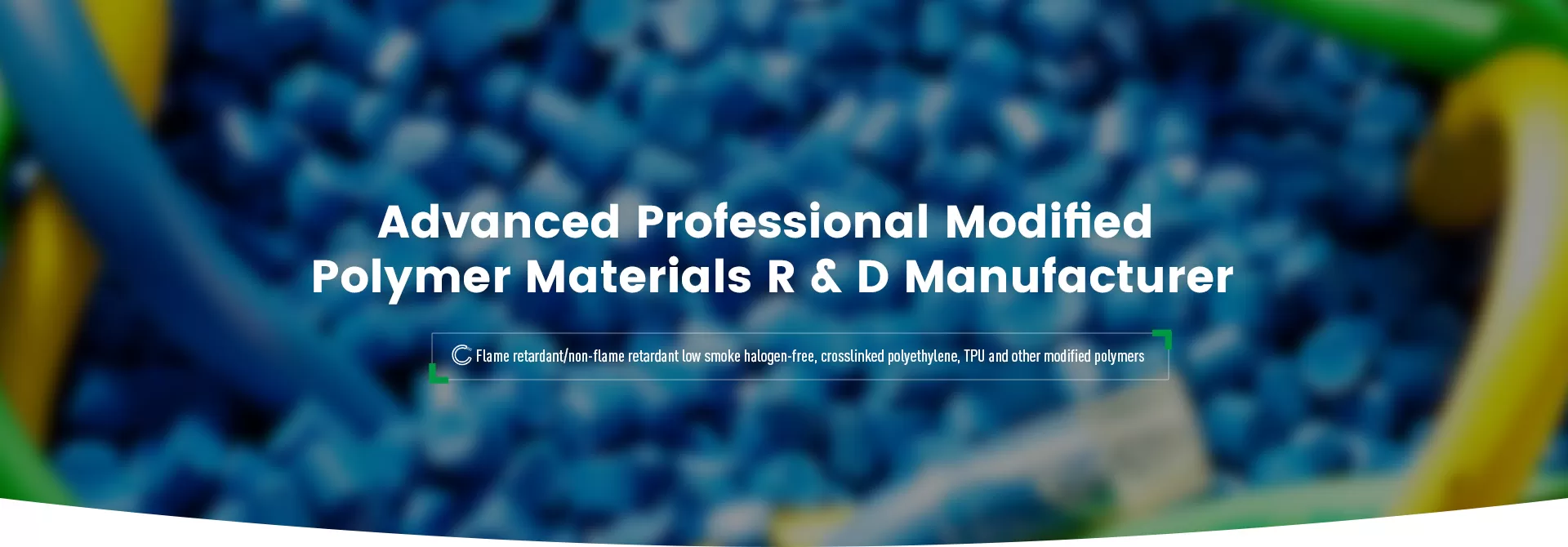
In electrical engineering and wiring systems, electrical wire sheathing plays a vital role. It not only provides mechanical protection, but also enhances the weather resistance, heat resistance and flame retardancy of cables. With the advancement of materials science, new sheathing materials are being optimized to bring longer service life and higher safety to cables.
This article will explore different types of electrical wire sheathing and their role in improving cable performance, and introduce how heat shrink sheathing and flame retardant sheathing can improve the safety level of cables.
Traditional electrical wire sheathing mainly uses polyvinyl chloride (PVC) or polyethylene (PE), but these materials are prone to aging, brittleness and even burning in high temperature, humidity or extreme environments. Therefore, new sheathing materials have emerged to provide stronger durability, flame retardancy and environmental adaptability.
High-quality wire sheathing should have the following characteristics:
Heat resistance: Remains stable in high temperature environments and will not melt or decompose.
Chemical corrosion resistance: Prevents damage to the cable by corrosive substances such as oil, acid and alkali.
Waterproof and weather resistant: Maintains insulation performance outdoors or in humid environments.
Flame retardant performance: Reduces the risk of fire and meets safety standards such as UL 94 or IEC 60332.
In some special applications, ordinary electrical wire sheathing may not provide adequate protection. Heat shrink sheathing is a widely used enhanced protection solution, especially for industrial and outdoor cables.
How heat shrink sheathing works:
Heat shrink sheathing is a polymer material with shrinking properties (usually cross-linked polyolefin or fluoropolymer) that tightly wraps the cable when heated, providing additional mechanical strength and insulation performance.
Advantages of heat shrink sheathing:
Enhanced mechanical protection: Prevents cable damage due to friction, bending or external impact.
Improve sealing: prevent moisture, dust and chemicals from entering the cable.
High temperature and corrosion resistance: suitable for harsh environments, such as underground cables or high-temperature industrial areas.
Applicable scenarios:
Power cables, traffic signal wiring, marine and military applications, high-temperature industrial equipment
In buildings, subways, data centers and other places, cables may be exposed to high temperatures or fire sources. At this time, flame retardant sheathing is an essential safety measure.
Core features of flame retardant sheathing:
Reduce the speed of flame propagation: reduce the heat release and flame spread speed when the cable burns.
Low smoke and non-toxic: especially low smoke zero halogen (LSZH) materials, which can prevent the release of harmful gases.
Comply with international safety standards: such as UL 94 V-0, IEC 60332-1, etc.
Applicable scenarios:
Data centers, airports and rail transit, medical facilities, high-rise buildings
In addition to heat shrink and flame retardant sheathing, the following new sheathing materials are also widely used in different environments:
| Sheath Type | Main Features | Applicable scenarios |
| XLPE (cross-linked polyethylene) | Strong high temperature resistance (up to 150°C), good weather resistance | High voltage cables, outdoor wiring |
| Fluoroplastic (PTFE/FEP) | Super high temperature resistance (up to 260°C), corrosion resistance | Aerospace, electrical equipment |
| Silicone rubber sheath | Strong flexibility, high temperature resistance (250°C), anti-aging | Automotive cables, motor wiring harnesses |
When choosing wire sheathing materials, the following factors need to be considered comprehensively:
Working environment: Is it required to be waterproof, UV-proof or chemical-resistant?
Temperature requirements: Is it used in high or low temperature environments?
Safety standards: Is it required to meet UL, RoHS or IEC certifications?
Cost vs. performance: How to maximize the durability of the cable within the budget?
If the cable requires additional physical protection, it is recommended to choose heat shrink sheathing; if fire resistance is the primary consideration, flame retardant sheathing should be preferred, especially low-smoke halogen-free materials.
Conclusion
With the continuous upgrading of cable sheathing materials, the safety and service life of electrical wire sheathing have been significantly improved. Heat shrink provides stronger physical protection and sealing, while flame retardant sheathing effectively reduces the risk of fire and is widely used in construction, transportation and industry.
When choosing the right wire sheathing, you should fully consider the use environment, temperature requirements and safety standards to ensure the long-term stability and safety of the cable system. If you are looking for high-performance electrical wire sheathing, you may wish to pay attention to these new materials to improve the reliability of the overall wiring system.